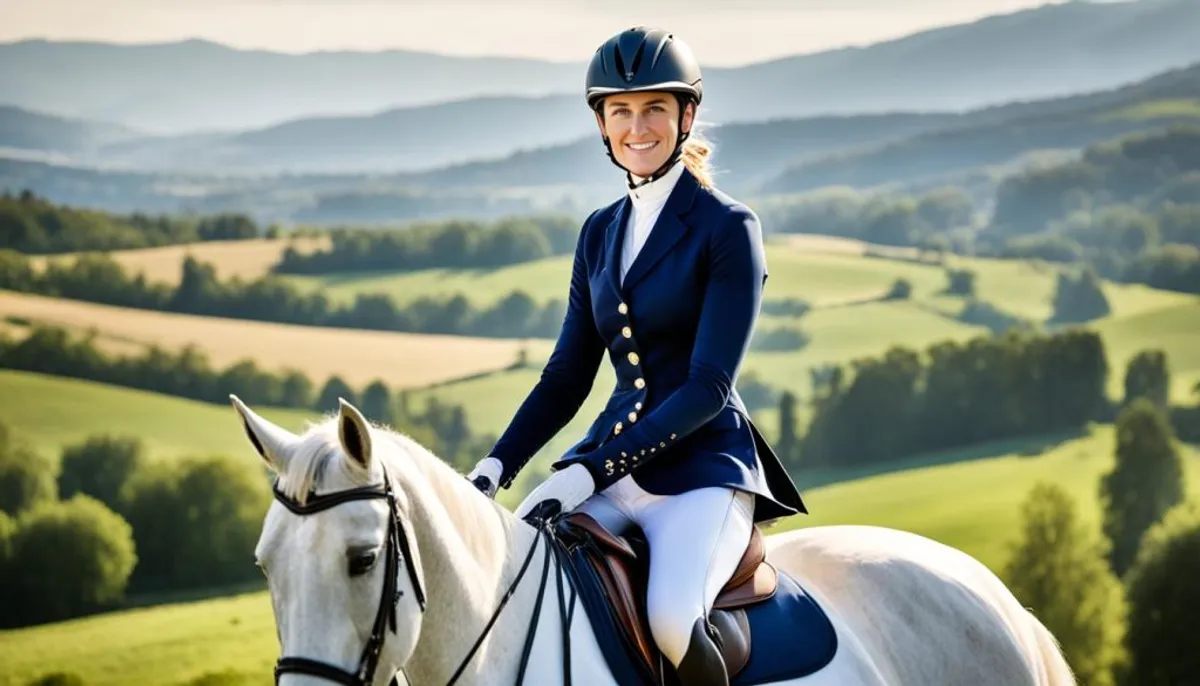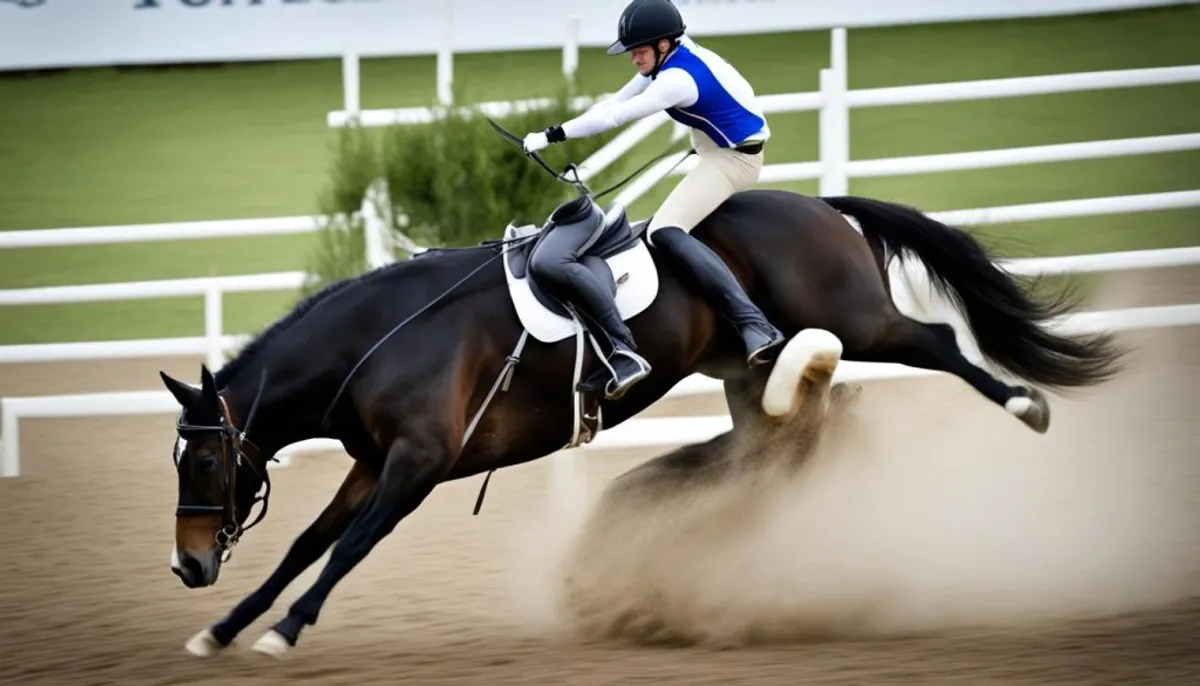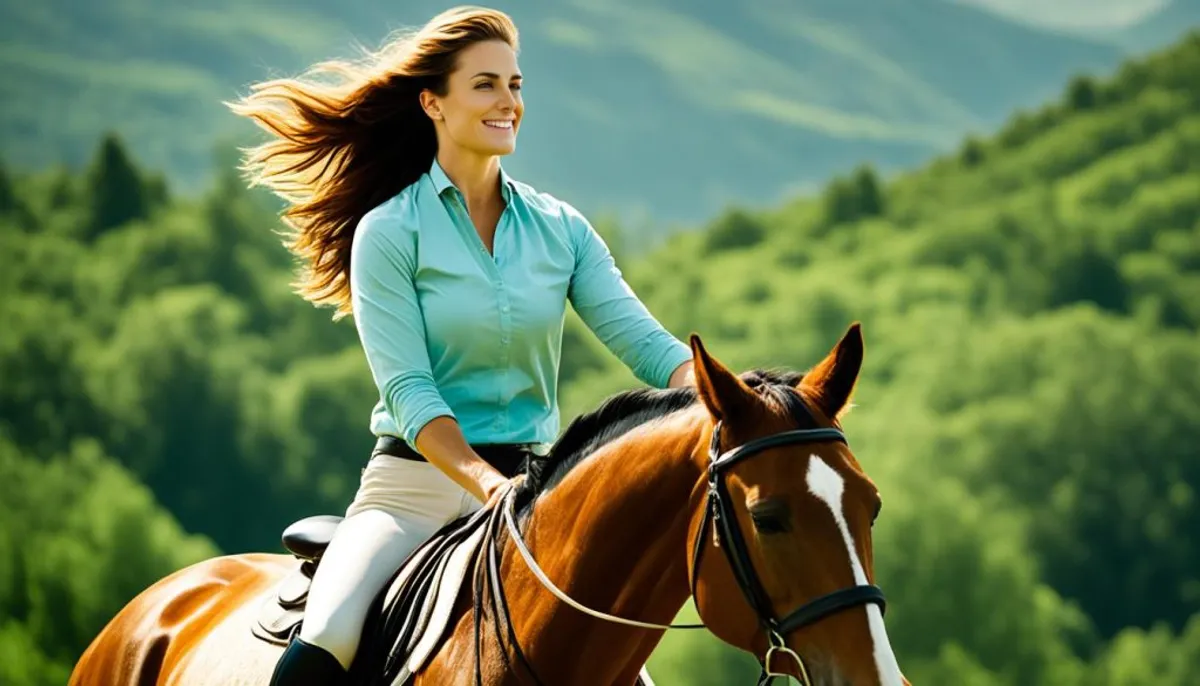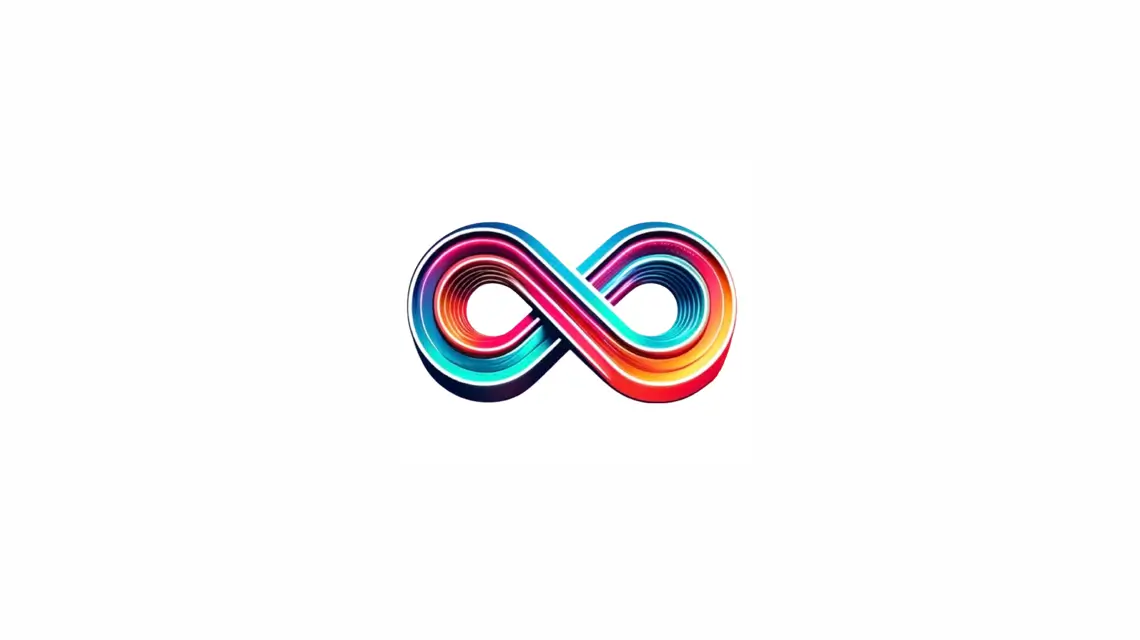Riding goes far beyond simple pleasure. It is a sport that greatly improves physical health. It strengthens muscles and enhances posture and balance. Moreover, it is good for the heart.

Main benefits of riding
- Muscle strengthening, particularly of the abdominal, lumbar, and hip muscles
- Improvement of posture and balance
- Development of coordination and proprioception
- Cardiovascular and respiratory benefits
- Improvement of flexibility through warming up and stretching
- Therapeutic use in rehabilitation
- Injury prevention through the use of safety equipment
Introduction to riding as a physical activity
Riding is more than just a hobby; it is a sport that requires strong physical skills. The impact of riding on the body is often misunderstood by the public. This is due to the elegant image of this sport.
Riding, an underrated sport for its benefits
One must master their body well to ride a horse. This includes following the movements of the animal while directing it. This activity is not just a simple stroll. It provides real physical benefits, often overlooked.
Different equestrian disciplines and their physical requirements
Dressage, show jumping, or leisure riding each have their physical demands. They require good muscle tone, balance and coordination. The diversity of equestrian disciplines and their physical requirements makes riding a comprehensive sport. It improves overall fitness.
| Equestrian discipline | Physical requirements |
|---|---|
| Dressage | Muscle tone, balance, coordination |
| Show jumping | Strength, explosiveness, agility |
| Leisure riding | Endurance, flexibility, body control |
Riding and muscle strengthening
Riding is not just a light hobby. It works the entire body, strengthening many muscles. Muscle strengthening while riding is vital. To direct the horse, the rider uses specific parts of their body. This requires lightness and consistent pressure.
Muscles used in riding
In riding, different muscle groups are engaged. Here are the main ones:
- The legs and glutes help the rider stay in the saddle and communicate with the horse.
- The back and abs keep the body stable on the horse.
- The arms and hands direct the horse by holding the reins.
Despite its moderate intensity, this activity tones and strengthens the rider's body.
Improvement of tone and posture
Riding positively impacts posture. It requires one to sit upright on the horse. This strengthens muscles and improves daily balance. By strengthening these muscles, the silhouette becomes more refined and the body gains tone.
Impact of riding on the body
Riding is not just a sport; it is also good for the cardiovascular system. The elevated gaits, such as trot and canter, are demanding. They work the heart and breathing. This improves endurance and the rider's fitness level.
Benefits for the cardiovascular system
As a physical activity, riding is excellent for your heart. Here are its cardiovascular benefits:
- Improved heart rate during fast paces
- Increased aerobic strength due to continuous efforts
- Reduced risk of heart disease in the future
Development of coordination and balance
Riding also makes you super coordinated and stable. These qualities are crucial for moving well with the horse. They also help achieve better posture in daily life.
From improved muscle tone to positive effects on the heart, riding is a comprehensive activity. It provides numerous benefits for the body.
Riding and flexibility
Practicing riding frequently and moderately helps maintain flexibility and move easily. However, it is always essential to warm up and stretch beforehand. These actions before mounting help prevent injuries. They relax the muscles and prepare them for exertion.
The muscles most used while riding, such as the thighs, hips, and back, are better prepared if one warms up and stretches properly. A good warm-up and stretching are essential. They ensure that one enjoys riding and flexibility safely.
Importance of warming up and stretching
Before riding, a few minutes of preparation with a good warm-up and stretching are essential. This helps to:
- Prepare the muscles for physical activity
- Improve joint mobility
- Reduce the risk of injuries
- Optimize performance in the field
This warm-up and stretching ritual is vital for riders. It ensures a safe and enjoyable riding experience.

Injury prevention in riding
Riding is good for health, but it can cause injuries, especially from falls. It is crucial to wear the right safety equipment to avoid these risks. Additionally, one must also take other measures to stay safe while riding.
Essential safety equipment
Essential riding safety equipment includes:
- A helmet (hard hat) to protect the head in case of a fall.
- A back protector that absorbs shocks for the back.
- High boots to protect the ankles.
- Gloves for better grip on the reins.
Tips for safe practice
Besides equipment, following these safe riding practice tips is crucial:
- Inspect equipment and gear before each session.
- Learn the basics of riding gradually, especially at the beginning.
- Choose a location with a well-qualified instructor to practice.
- Do not exceed your physical limits while riding.
By following these recommendations and wearing the right equipment, riding becomes less risky. Safe practice allows one to fully enjoy the joys of riding.
Therapeutic riding
Therapeutic riding helps not only physical fitness but also mental health. It is part of physical therapy. Sometimes called equine therapy, it uses interaction with the horse to improve the lives of those with physical or motor issues.
The role of riding in rehabilitation
The role of riding in rehabilitation is crucial. Moving and maintaining balance on the horse helps significantly. It promotes a return to normal life for patients. Riding helps improve mobility, feel stronger, and gain coordination.
- Coordination and balance
- Strength and muscle tone
- Joint mobility
- Self-confidence and psychological well-being

This is a method that truly works. Patients make significant progress in their recovery. The horse assists them in this process. Therapeutic riding is an interesting addition to care for those with disabilities or recovering from injuries.
Conclusion
Riding is a very comprehensive sport. It is good for physical health. It helps tone muscles, prevent back pain, and improve heart health.
To benefit from it, precautions must be taken. It is important to wear the necessary safety equipment. Also, one should not forget to warm up properly before mounting.
By practicing with the advice of an expert, riding becomes beneficial. The benefits of riding are well known. But to grasp them, safe riding practice remains essential.
In conclusion, riding has much to offer for health. Practiced regularly and following safety rules, it improves our physical condition. It also contributes to our overall well-being.
FAQ
What are the main benefits of riding for physical health?
Riding improves muscle tone and the rider's posture. The abdominal, lumbar, and hip muscles work. This strengthens the silhouette.
Riding is good for the heart by boosting endurance and fitness.
How can riding positively impact coordination and balance?
Riding requires following the movements of the animal. This improves balance, stability, and everyday coordination.
What are the injury risks associated with riding?
Riding can cause injuries like any sport, especially during falls. It is crucial to wear safety equipment, including a helmet and back protector.
Learning with professionals also reduces risks, especially for beginners and children.
What is equine therapy or hippotherapy?
Equine therapy and hippotherapy help people with motor issues using the horse. Movement, balance, and the bond with the animal support rehabilitation.
What are the main muscle groups used in riding?
To guide the horse, the rider uses their muscles. The legs, glutes, back, abs, and arms strengthen.
Why is it important to warm up properly before riding?
Warming up and stretching are essential before riding. These actions prevent injuries by preparing the muscles for exertion.
They are crucial for the most engaged muscles, such as the thighs, hips, and back.
RelatedRelated articles



